10 Things You Can Do to Make a Vehicle Last Twice as Long
Twenty-two years ago, in Sept. 2001, my husband and I bought a new 2002 Chevy Silverado. For 14 of those years, it was our only vehicle. Our goal from day one has always been to make it last longer than any vehicle we’d ever owned—maybe even twice as long.
As I write, we still own this truck. It’s moving in on 300,000 miles—still running great and still on its original front brakes.
This truck has turned out to be really cheap transportation. And the longer we drive it, the cheaper it gets, considering its per-mile cost.
Most cars and trucks are built to last far longer than we can imagine. And when all is said and done, the difference between a clunker and a cream puff comes down to how well its owner has taken care of it.
According to Eric Lyman, chief analyst at TrueCar, “The average lifespan [of a car] is now almost 12 years,” says Lyman. By that statistic, we’re well on our way to even doubling that statistic!
Practice the following, and it’s reasonable to believe you can double your car’s useful life and spend less time visiting your mechanic, all the while putting off buying a replacement car.
1. Practice preventive maintenance
Research by major car manufacturers reveals that neglect of routine service and maintenance is the number one reason for major car repairs. Routine maintenance doesn’t cost; it saves money, aggravation, frustration, and lives. Pay attention. Anticipate maintenance so you don’t have to pay for repairs.
2. Estimate, estimate, estimate!
When it’s time for a major repair, get at least three estimates before you proceed, if possible. Don’t judge who will make this repair only by the lowest price; judge by competence, ability, experience, equipment, and after-service care.
Bonus Tip
Keep your vehicle repaired and well-maintained. Little things like an oil leak, broken latch, or stubborn window all add up. Take care of things as they happen, no matter how small and seemingly unimportant.
3. Stick with a great mechanic
When you find a good mechanic you trust, stick with him or her even if the prices are a bit higher. All things being equal, you’ll save time, money, and aggravation in the long run. Plus, your mechanic will get to know your car more intimately.
4. Keep it clean
It’s true. A clean car lasts longer because you are routinely washing away contaminants, which cause corrosion. It feels good to slip behind the wheel of a sparkling, clean car! Drive a vehicle that’s shiny on the outside, pristine on the inside and you find yourself effortlessly treating it with more respect and love!
“When you look good, you feel good, and when you feel good, you do good.”
5. Heed the manual
The Owner’s Manual for your vehicle (you can find it online if you’ve lost the original) is your bible for making your car last longer. Read it. Know what to expect and how to head off trouble. And be sure to keep it in the vehicle.
6. Undercover
Statistically, we know that a garaged car lasts the longest, a carport is the next best, and a car cover is close behind. If you can’t garage, carport, or cover your car, park under trees or any covering to protect it from the damaging rays of the sun and other harsh weather conditions.
7. Take it easy
Avoid jackrabbit starts and stops. Stop and accelerate gradually. This will save gas, and conserve wear and tear on your brake linings, transmission, and suspension.
In extremely slow or stop-and-go traffic, don’t ride the brake pedal. This wears out your brake linings prematurely and wastes fuel. And it annoys the drivers behind you to no end. It’s best to shift into a lower gear.
8. Keep it full-ish
Avoid running your car with the tank low on gas. Keeping the tank low increases the chance that sediment dirt, water, and moisture that sit at the bottom of the fuel tank will be drawn into your fuel system. That’s engine damage just waiting to happen. This is bad for your vehicle.
But that’s not the only reason you should always keep the fuel gauge above half. Running out of gas increases the chances of getting in an accident as a result of the sudden loss of power and resulting exposure to traffic should you find yourself in the middle of a lane or even on the side of the road.
9. Mind the oil
Regular oil changes according to the manufacturer’s guidelines are the most important thing, dollar for dollar, you can do to protect your engine and make it last longer.
Generally, cars and trucks used to require oil changes every 3,000 to 5,000 miles, depending on the make and model. If yours is younger, the requirement for oil change could be quite different. And there you have just one more reason to become intimately familiar with that Owner’s Manual.
Always err on the side of changing the oil too often than run the risk of failing to change it often enough.
10. Lighten up
The more a car weighs, the harder the engine, transmission, brakes, and suspension have to work. While cars are designed to carry extra weight, over the long term, any additional strain will unnecessarily shorten its lifetime.
Don’t use the trunk for a mobile garage. That is not a good place to store a 100 lb. bag of sand, that square of roof shingles or every piece of sports equipment you own. Keep it as light as possible.
Follow these suggestions, and you, too can look forward to doubling your vehicle’s useful life!
Updated and Republished 9-5-23
Question: Got a great story or vehicle longevity tip or trick? Share it in the comments area below!

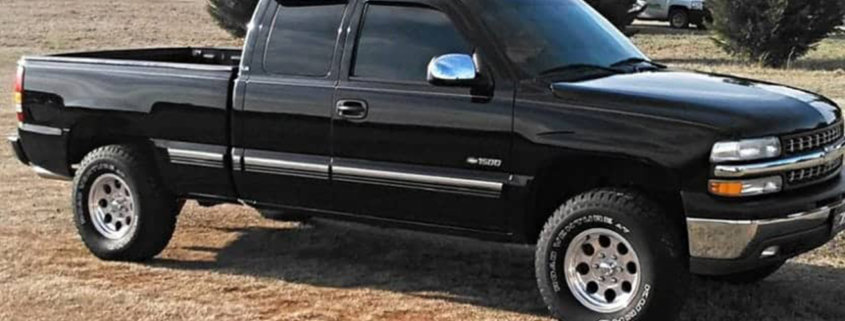

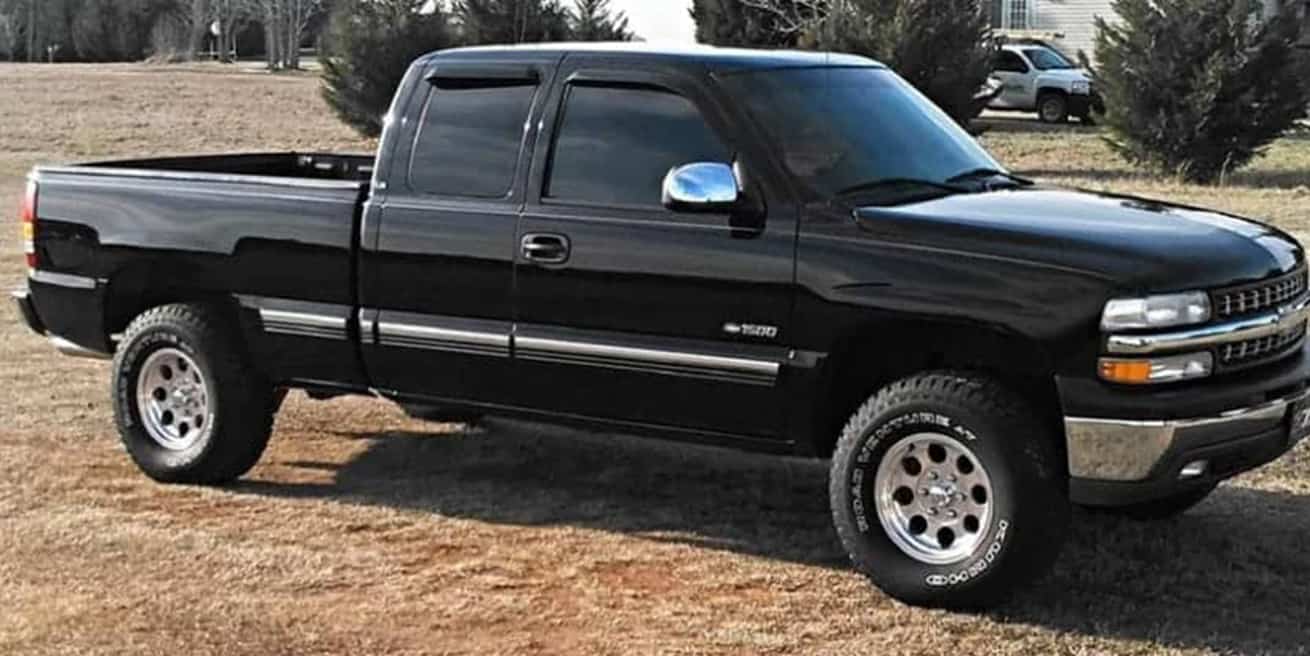

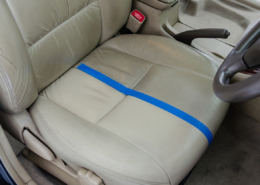
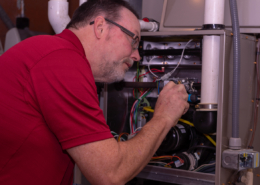


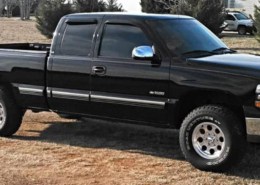
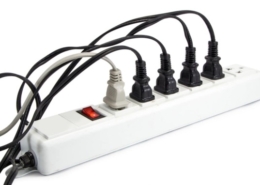
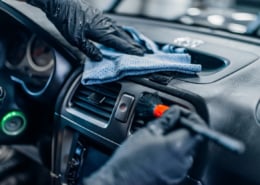

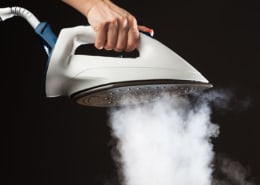


I just bought my first car 4 all cash. It’s a Hdyia sonata 2009 with over 185,000 miles. It was taken care by a mechanic for his daughter. I will keep it for as long as I can…I don’t drive very much so it should last me till over 300,000 miles….I can’t wait till then…it should be a fun trip for me n the car…
Congratulations, Arthur! What a great feeling to know it’s all yours.
Lots of great advice. I do have a question about that last part though. I don’t drive myself. But my boyfriend/common law husband is self employed as a private contractor and handyman. He drives a 2006 Ford Econoline van and it’s decked to hold all of the tools he uses for his job. He doesn’t have any other working vehicles. No garage either. Any tips on how he can keep his van in shape despite the extra weight from his tools?
Both my husband and I drive 1998 car and truck (GMC and Toyota Avalon) and both have thousands of miles. MY car – the Avalon-is garaged and gets regular maintenance (our excellent mechanic puts a reminder sticker on the windshield at each oil change). We bought both used from colleagues. Husband’s truck has been ‘rode hard and put up wet’ – he hunts and fishes which takes him over rough roads. He usually does his own maintenance unless something is out of his wheelhouse. When we bought the Avalon, the previous owners gave us a file with all the maintenance they had done.
Excellent tips, Mary and everyone!
I drive my 1987 BMW 525 with 180,000 miles everywhere I go, including road trips. I love it! Also have all service records since 1987. I often get stopped by someone wanting to buy it —evidently this model is a “thing” with Gen Z types. Every time I think of getting a new one, I stop and think “I know how everything on this car works and how to get to it” so when I get the urge for something more modern, I’ll rent something for a few days.
I thought about trading my car in even though it only has 65,000 MI and is a 2015. When it was appraised he pointed out that the bumper was broken. I never even noticed that and that is the danger of living where it’s winter half the year and snow plowing is not efficient, not to mention the potholes in the following spring. I’m pretty sure I know which one broke my bumper. I have decided to keep it. Fixing it is cheaper than a new car. By the way it is a Hyundai special edition with so many bills and whistles, first car I ever had like that.